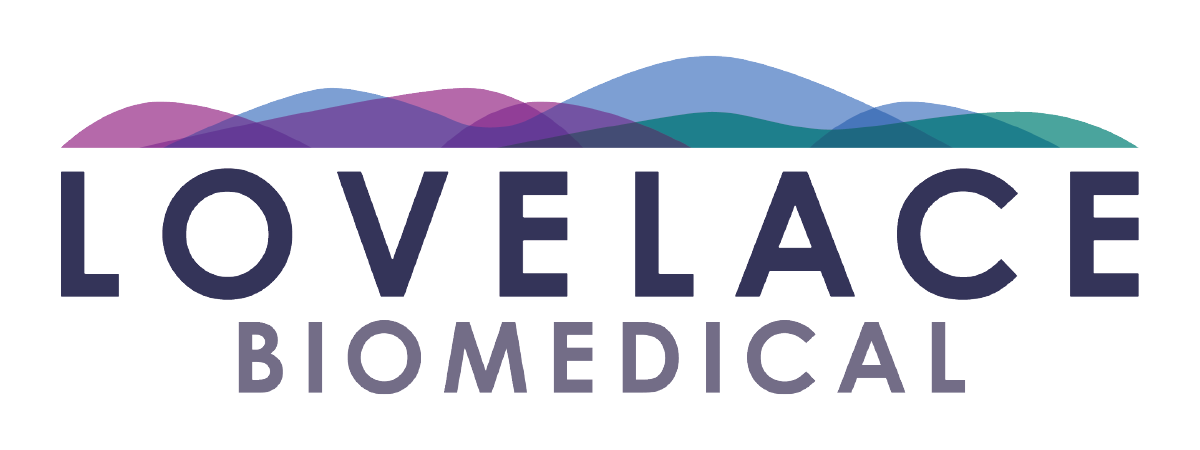Staff Spotlight: Bryan Gullick, PhD, Research Scientist
Bryan Gullick, PhD, Bioanalytical Research Scientist
Bryan, tell us about PCR in the development and conduct of pharmacology and toxicology studies
PCR assay development closely follows the in vivo studies required to support an IND. Along this path from pharmacology to toxicology the scientific team reviews, and evaluates what species to utilize. They will consider rodent and non-rodent species and the type of study (pharmacology, biodistribution and toxicology). PCR will develop assays to support each of these studies in each of these species for a particular program. As these programs progress, the PCR data typically supports an understanding of the biodistribution following the particular delivery route.
As drug development continues to grow, new research is going into the delivery of gene therapies to the lungs. This changes the focus of the biodistribution studies to looking in lungs and at off target effects. Many viral vectors are designed to target a particular tissue type. The PCR group will use the results of biodistribution studies to confirm the virus is targeting the correct location. Following, they can evaluate if the transgene is being produced.
As with any study, a goal is often to achieve targeted drug delivery. Inhalation delivery provides that opportunity with gene therapy products. This selective and focused dosing maximizes target tissue exposure and reduces offsite toxicity. Making sure the product works as desired is ultimately the end goal.
In a bio distribution study, typically there are wide ranges of tissues that are analyzed. How do you manage the balance of evaluating every different tissue in method development versus the resources needed to do this?
Most bio distribution studies collect samples from 15 or 20 tissues, or even more. Our PCR group will typically evaluate the impact of matrix in ~ 5 tissues. Often these will include one or two liquid matrices (blood/plasma), two or three soft tissue matrices (liver, spleen, brain, etc.) and then one or two tissues with connective tissue (trachea, lung, etc). Based on the results of the method development we will then apply these extraction methods to the other similar tissues. As a program transitions to support GLP studies, we typically follow the same approach for the validation of the methods. This approach provides a balance of sound science, compliance, and resource management for the IND application is fit for purpose PCR methods within drug development.
What are the broad range of studies we use PCR for? This would include COVID, gene therapy, GLP tox, etc.
Right now, PCR is growing in terms of the types of studies that it is used to support. These studies include gene therapy, viral efficacy, vaccine development and others across pharmacology and toxicology. Within viral efficacy studies, right now COVID-19 pharmacology models are a popular model, often PCR is a primary endpoint to quantify viral load. This is typically used to quantify efficacy for a range of compounds and delivery routes. In gene therapy studies PCR is used to evaluate biodistribution and assess the potential for shedding, as well as transgene expression. PCR is also frequently used in PD studies to asses changes in gene expression based on disease treatment.
How has our expertise in PCR facilitated our client’s need for development of new drugs and therapies for new diseases?
Lovelace Biomedical has a rich history in infectious disease and gene therapy spanning over 15 years. As the need for molecular level assays has increased Lovelace has worked to increase capacity through new extraction systems, liquid handling systems and hiring scientific experts (like Bryan). We continue to keep a watchful eye on changes in PCR technology (things like droplet digital PCR), evolution of regulatory guidance for PCR, and the other needs of the biomedical research community. Being part of this evolving field has been really great because we can do more critical studies, and generate all the samples needed for our clients. We’ve been able to create a more efficient process and systems to get it all done.
Relevant links: Gene Therapy, Infectious Disease, Biotechnology Lab, Covid-19 Research
Follow us!

